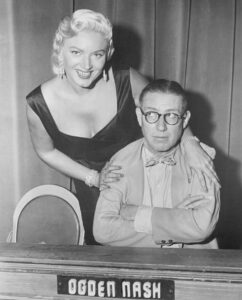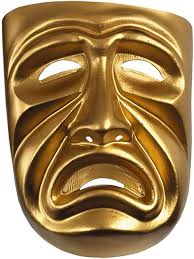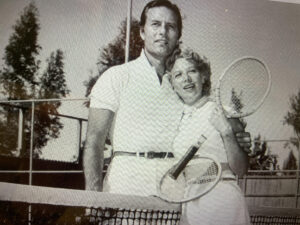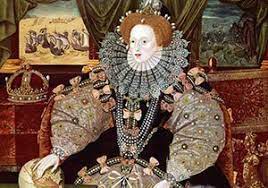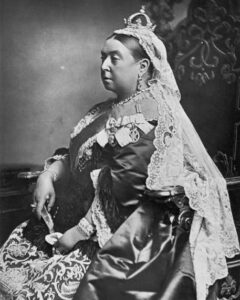by Bob Sparrow

Last week, April 30th marked the 50th anniverary of the North Vietnamese tanks crashing through the gates at the Presidential Palace in South Vietnam’s capital, Saigon; ultimately marking the end to the twenty-plus year Vietnam War. It’s hard to even think about that day and that war, without so many emotions being stirred; heartache for those lost or mentally or physically affected on both sides, sadness for all the chaos and ruin it brought to a beautiful country, as well as, for those around my age, all the turmoil and division it caused in our country. For those younger, who think our country is divided now, I have to say I believe it was more divided back then, between those supporting the war and those protesting against it.

Soldiers returning to the states after their tour in Vietnam were encouraged not to wear their uniforms for fear of being spit on or physically accosted by those protesting the war. On the other side, last Sunday marked the 55th anniversary of the Ohio National Guard firing into a crowd of student protestors on the Kent State University campus, killing four students and injuring nine more. Americans protesting the war were burning draft cards, faking physical injuries to avoid the draft or moving to Canada. An interesting aside relative to the Vietnam draft is that our three Vietnam ‘draft-elegible’ presidents all claimed student deferments and/or physical disabilities that precluded them from being drafted; Clinton, said he was joining the National Guard, but didn’t and continued his education and student deferment, Trump used a student deferment, then cited a bone spur in his heal, and Biden used a student deferment, then cited a childhood asthma condition.

In the end, the protestors were right, we were in a war we couldn’t win and it costs us 58,220 American lives, with many, many more affected by both physical and mental issues. There are also nearly 1600 Americans that are still unaccounted for from that war. The total number of all deaths from the Vietnam War range up to 3,000,000! Not to mention, depending on how you’re counting, the $176 to $352 billion it cost the American taxpayers. Probably another thing that made that war so unpopular and repulsive was the fact that the horrors of it were televised into our living rooms, in living color, via the news every evening. Aside from all the military losses, my tour last November through the Vietnam War Museum in Saigon brought home the brutal reality of all the physical and mental devastation that was suffered by the local civilian population. We all certainly hoped that we had learn from the many mistakes made during the Vietnam War, but Afghanistan and Iraq would seem to indicate otherwise.

An interesting story to come out of the Vietnam War is a book, made into a 2022 movie, called ‘The Greatest Beer Run Ever’ by John “Chickie” Donohue. He is a Marine Corp veteran, who, in 1967 learned of one friend being killed in action and another who had gone missing; so he decided he wanted to do something to bring up the spirits of his other New York buddies who were still in Vietnam. He signed on to a ship sailing to Saigon with a duffle bag full of Pabst Blue Ribbon beer. It’s a very interesting story based on real events, and while the title is a bit whymsical, the story still includes the horrors of that war. You can watch the movie, starring Zac Efron and Russell Crowe on Apple TV+.
May all who made the ultimate sacrifice rest in peace.












